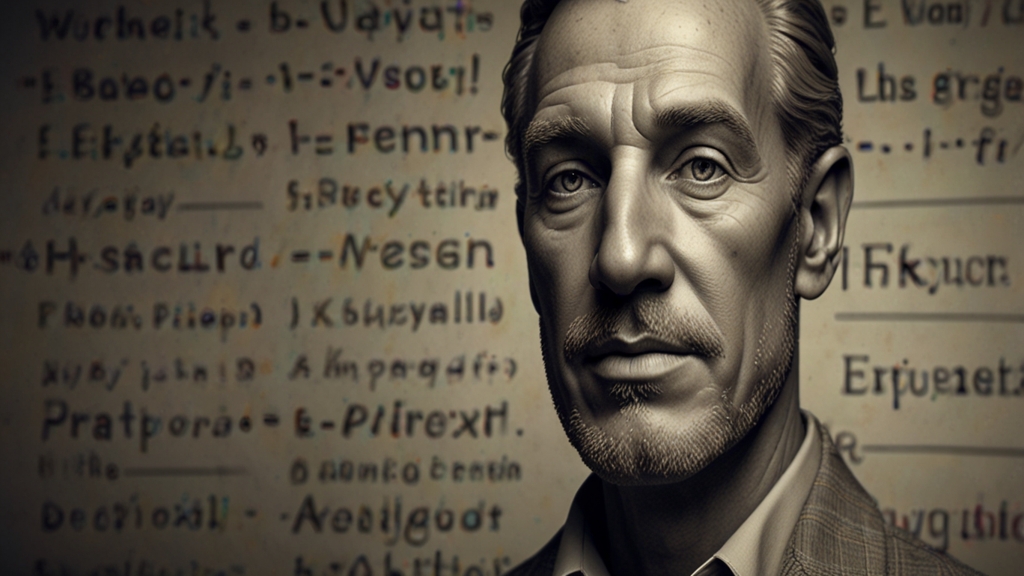The Symbolism Behind Your Favorite Bible Characters
The Bible is a rich tapestry of narratives, poetry, laws, and prophecy, featuring an array of compelling characters. Each character's story is more than a mere historical account; it is imbued with allegory and symbolism. This article explores the deeper meanings behind some of your favorite Bible characters, uncovering the timeless lessons they offer.
Adam and Eve: Humanity and Innocence
Adam and Eve are perhaps the most well-known biblical characters, symbolizing the genesis of humanity. Created by God, they lived in the Garden of Eden in a state of original innocence until they succumbed to temptation. The act of eating the forbidden fruit is often seen as a metaphor for the loss of innocence and the beginning of human awareness of good and evil.
"Then the eyes of both of them were opened, and they realized they were naked; so they sewed fig leaves together and made coverings for themselves." — Genesis 3:7
This story symbolizes the human condition and our eternal struggle between temptation and righteousness. Adam and Eve remind us of our vulnerability and our potential for both greatness and downfall.
Moses: Leadership and Liberation
Moses is a towering figure in the Old Testament, renowned for leading the Israelites out of Egyptian bondage. His life from the basket on the Nile to Mount Sinai is rich with symbolic undertones. Moses represents salvation and the law, bridging the gap between God and His people through the Ten Commandments.
"Now therefore, if you will indeed obey my voice and keep my covenant, you shall be my treasured possession among all peoples, for all the earth is mine." — Exodus 19:5
Moses' journey symbolizes spiritual liberation and the transition from slavery into freedom. He teaches us about faith, perseverance, and the importance of following divine guidance even when the path is fraught with challenges.
David: Courage and Contrition
King David's life is a complex narrative of heroic deeds and personal failings. Famously slaying Goliath, David represents divine favor and the power of faith. Yet, his later actions, such as his transgression with Bathsheba, show his human frailty.
David's story symbolizes the duality of human nature, illustrating that even those favored by God struggle with sin and must seek redemption. His heartfelt psalms and prayers of repentance remind us of the importance of humility and genuine contrition.
Mary: Purity and Obedience
Mary, the mother of Jesus, symbolizes purity, obedience, and unconditional love. Chosen to bear the Son of God, Mary’s story reflects submission to God's will and the joy and sorrow that often accompany divine callings.
"And Mary said, 'Behold the maidservant of the Lord! Let it be to me according to your word.' And the angel departed from her." — Luke 1:38
Mary embodies the grace and strength required to fulfill God's purposes. Her life encourages believers to embrace their own spiritual journeys with faith and trust in divine plans.
Peter: Impulsiveness and Redemption
The Apostle Peter is known for his passionate nature and frequent impulsiveness. From walking on water to denying Jesus three times, Peter's actions make him a relatable and deeply human figure.
Despite his flaws, Peter becomes a foundational pillar of the early Church, symbolizing the power of redemption and transformation through Christ. His life illustrates that even those with weaknesses can be used mightily for God's purposes.
Conclusion
The characters of the Bible are not just historical or fictional figures; they are symbolic vessels conveying essential truths about the human experience. From Adam and Eve's archetypal journey of innocence to experience, to Peter's redemptive transformation, these biblical personalities teach us about faith, obedience, humility, and redemption. Their stories continue to offer timeless insights into our own lives and spiritual journeys.










